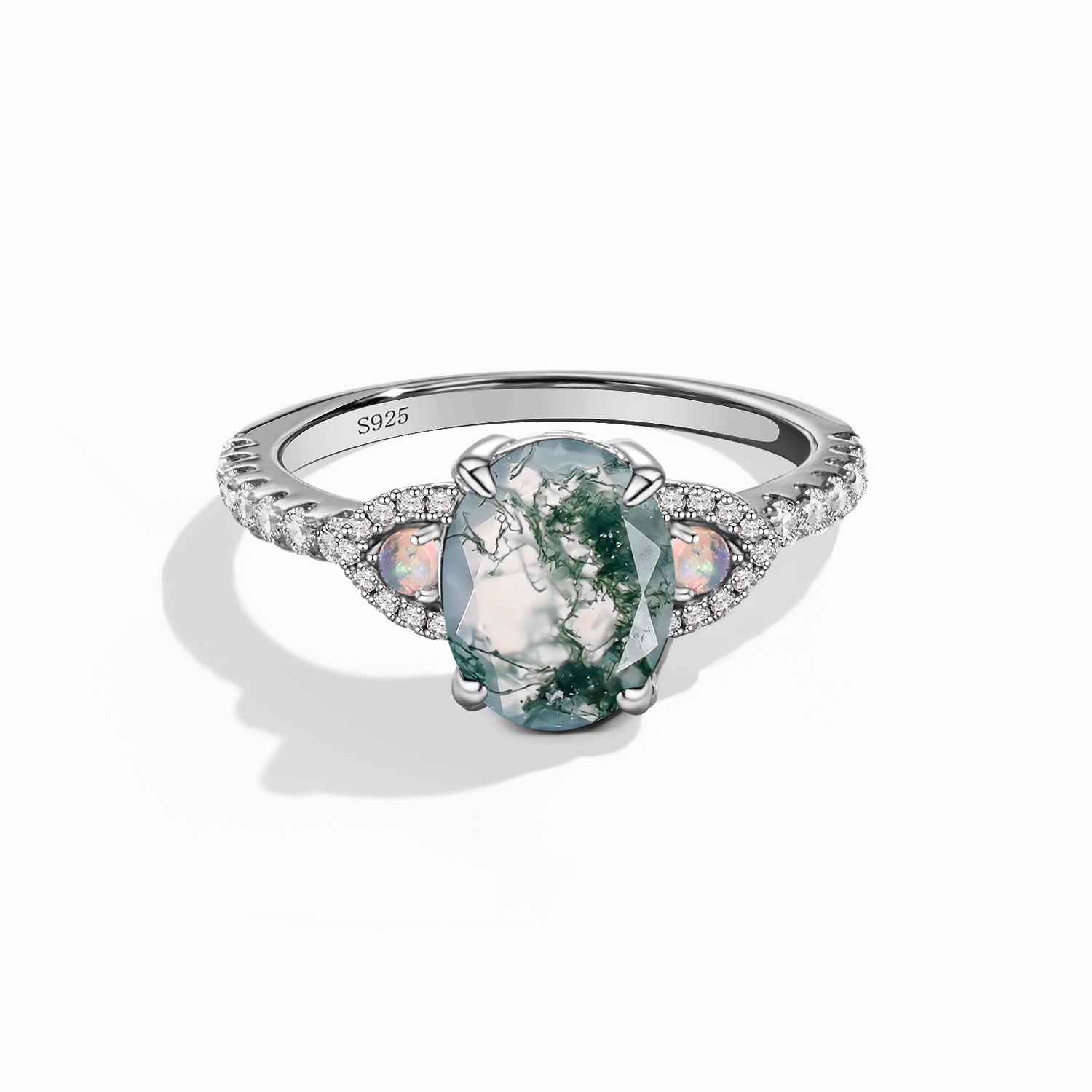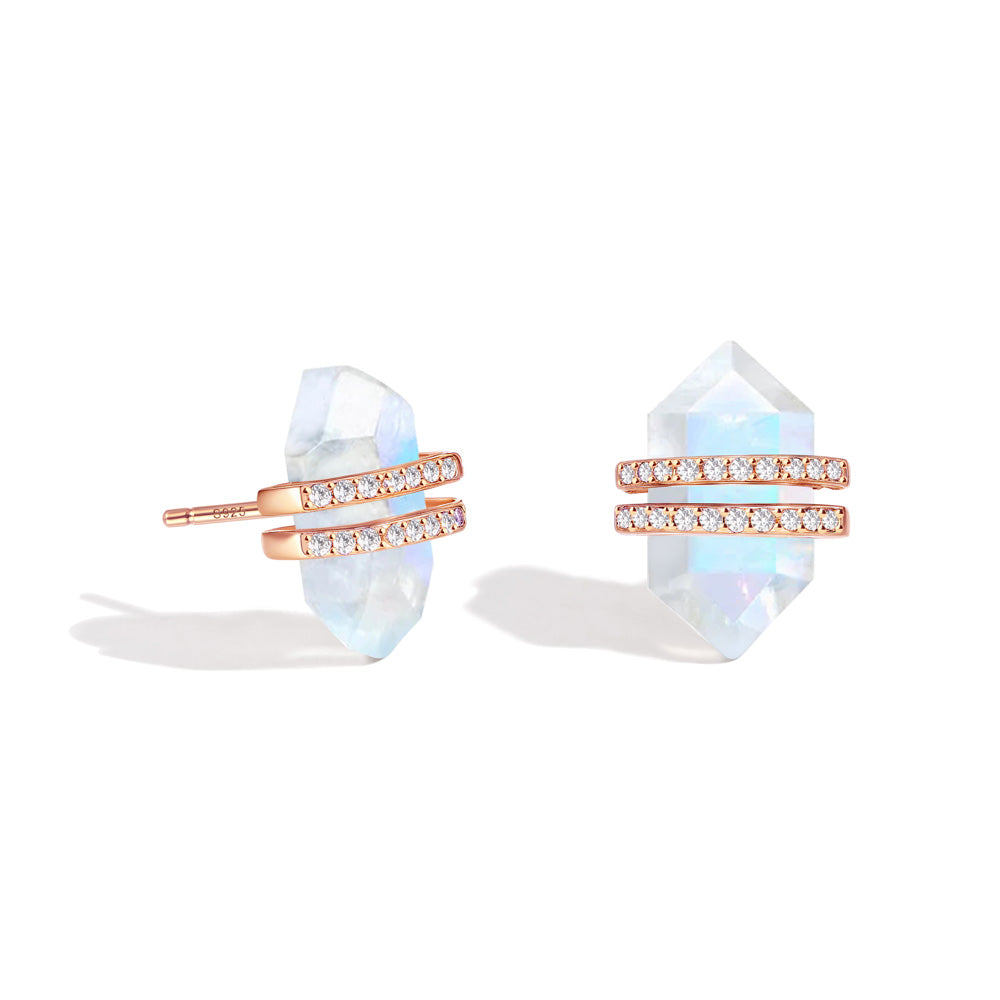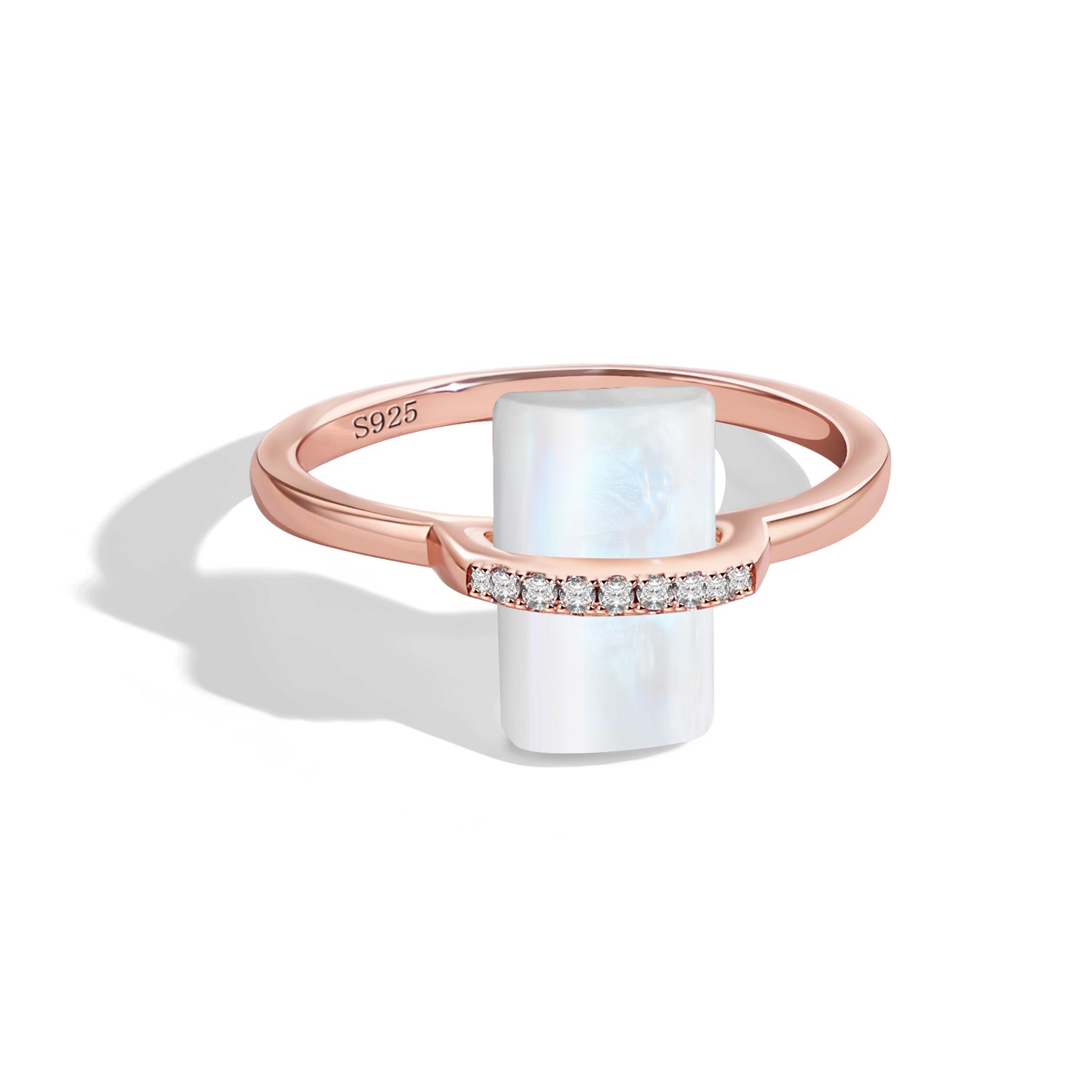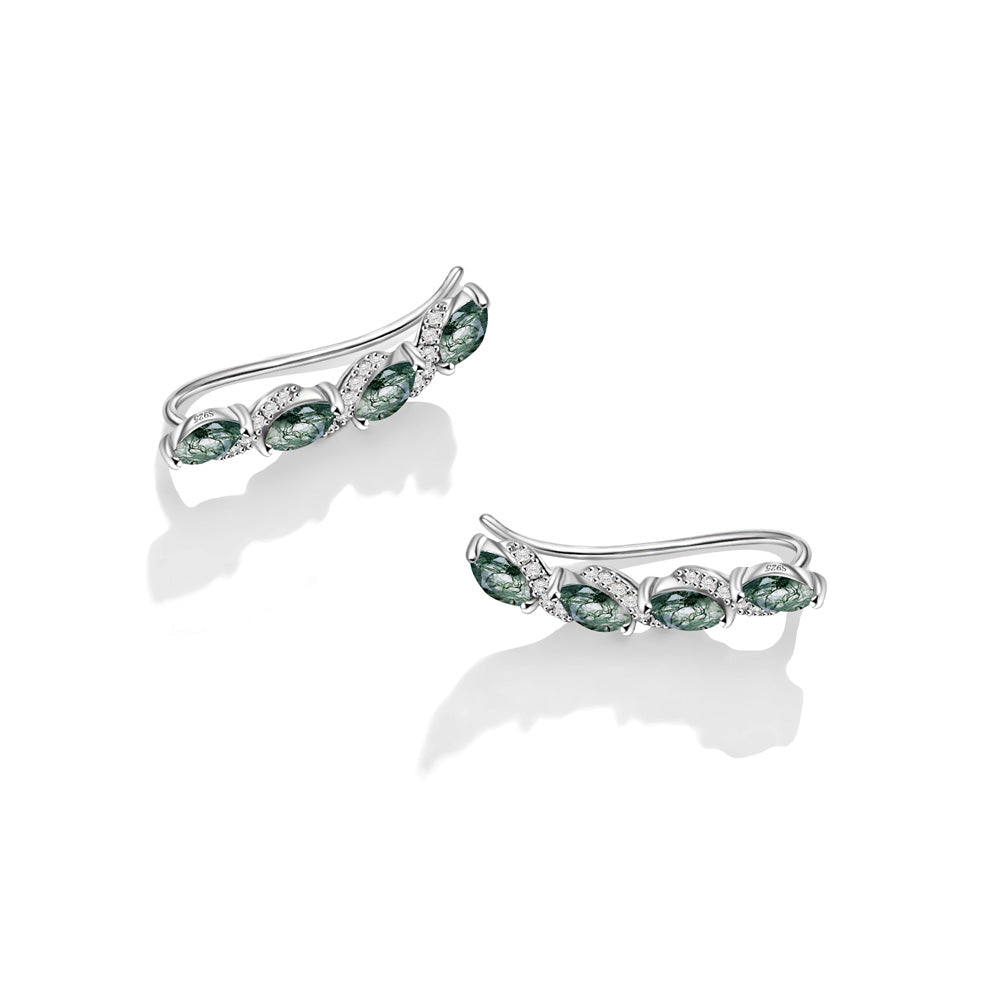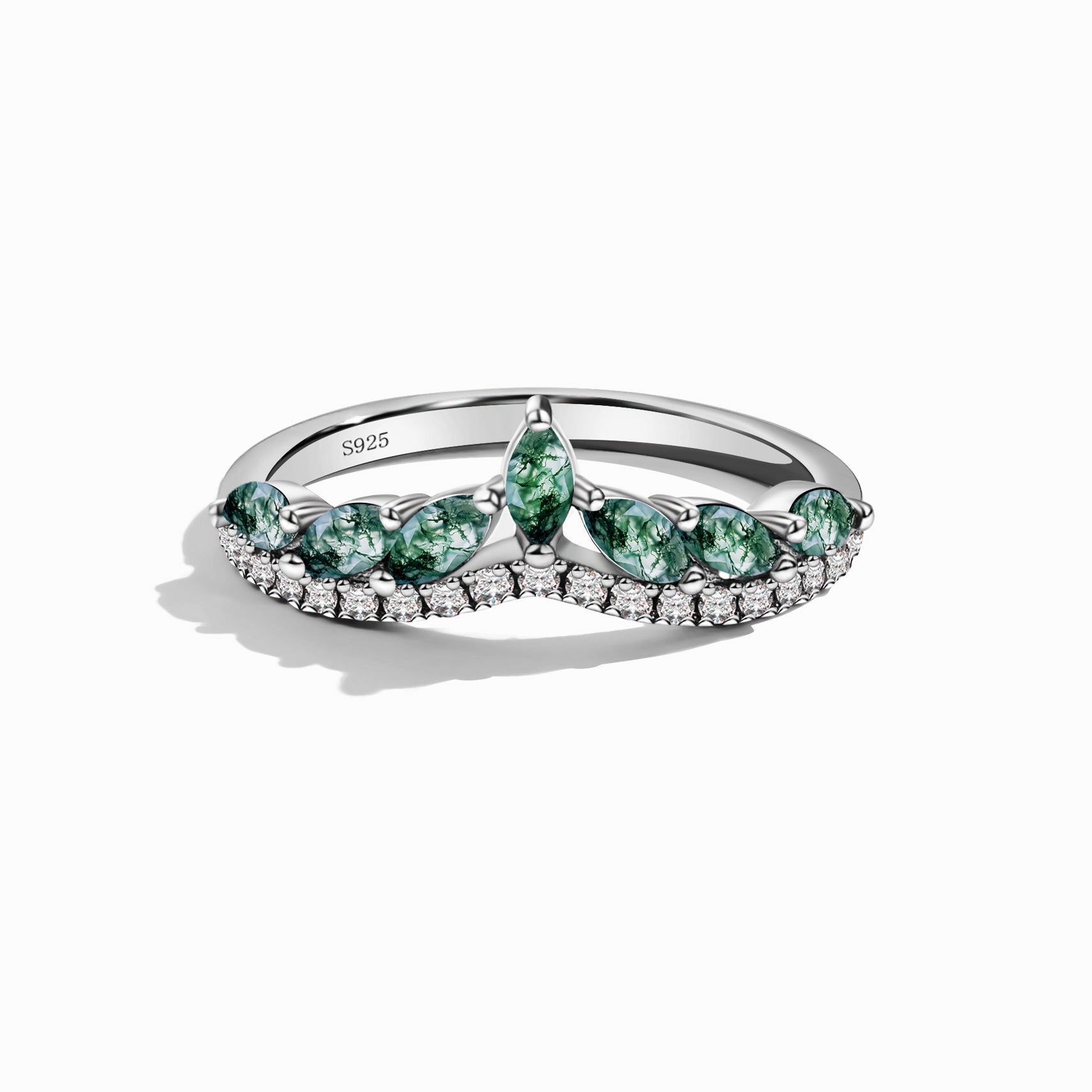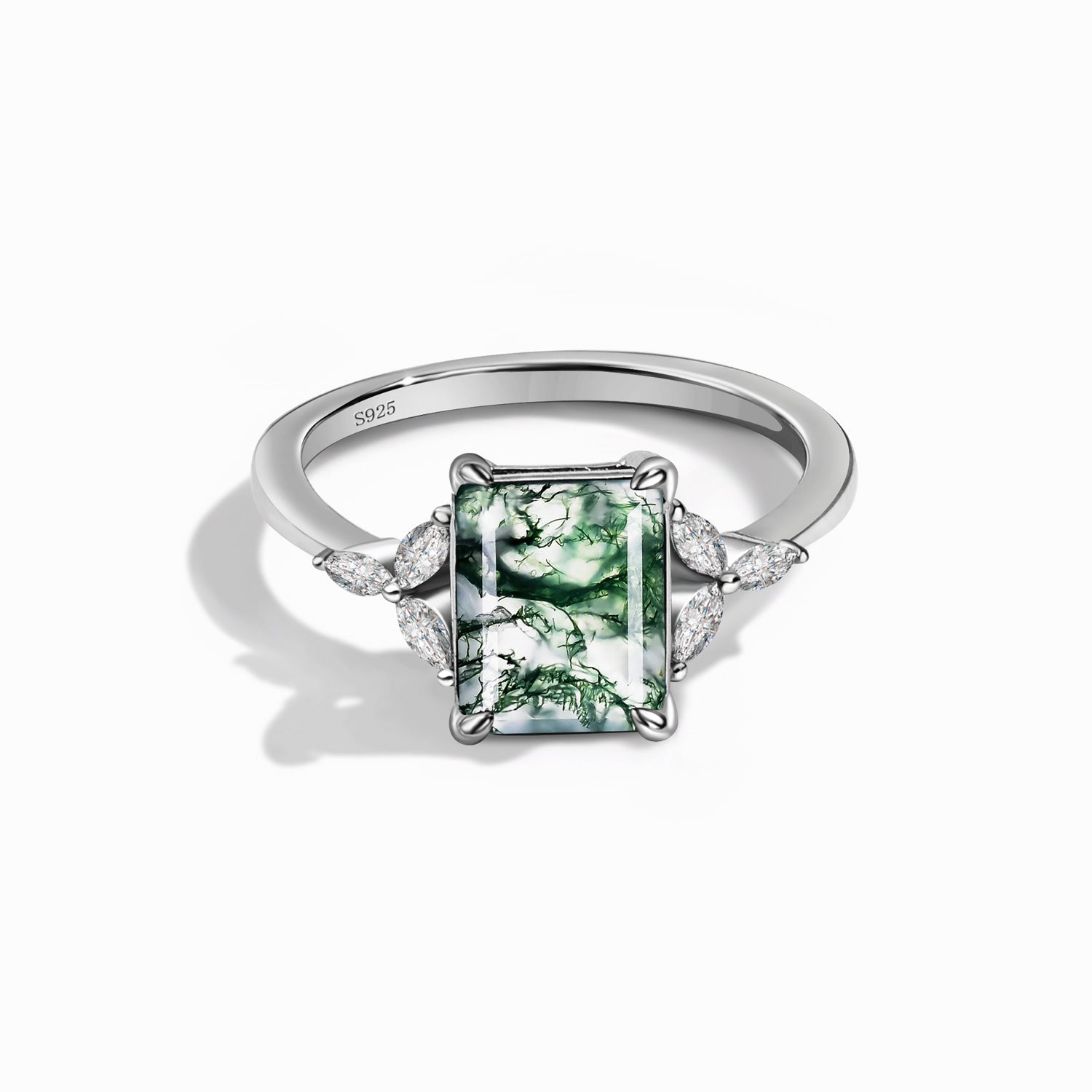Overview
Hematite is a gemstone as old as the Earth itself. It's revered for its timeless beauty and respected for the raw power of nature that it possesses. The mineral appears in varying hues of metallic gray to reddish brown to black-as-night.
Ancient cultures have been fascinated by hematite for centuries. The very name is a reference to the Greed word for blood which is ‘haima’. When powdered, hematite can make a lovely red paint that was once valued by the ancients for paint and dye. It's a common component of ancient pottery.
Many believe hematite was the chosen gem of the god of war Mars. Warriors would wear the gemstone in their armor, as an adornment, or in jewelry before marching into battle because they thought it would protect them and maybe even provide them with some level of supernatural powers.
Nowadays, many enjoy hematite because they believe it gives them balance and greater clarity. It has become a frequent stone found in jewelry or sold as a talisman.
Due to its ancient history, hematite probably does connect each of us in a way with the planet. It is undoubtedly a natural creation of the modern world and has very deep roots in the Earth’s very geology.

